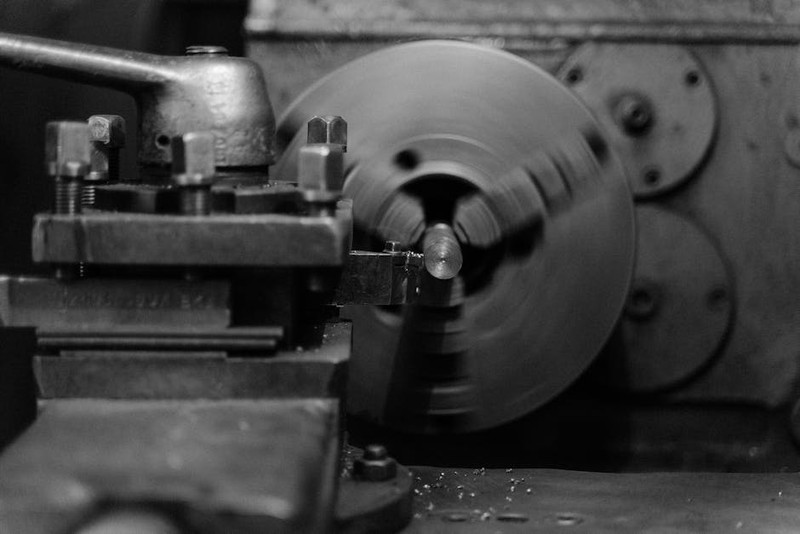The Anatomy of a CNC Turning Machine: Key Components Explained
CNC turning machines are the backbone of precision manufacturing, but their efficiency hinges on understanding each component’s role. Here’s a breakdown of the critical parts and their real-world implications:
1. Spindle: The Heart of Precision
- Function: Rotates the workpiece at high speeds (up to 10,000 RPM in advanced models).
- Challenge: Overheating in prolonged operations can cause thermal drift, leading to ±0.005″ tolerances slipping.
- Expert Fix: Use liquid-cooled spindles for high-duty cycles. In a 2023 aerospace project, this reduced thermal expansion errors by 30%.
2. Turret: Toolholding Mastery
- Static vs. Live Turrets: Static turrets suit simple turning, while live turrets enable milling and drilling (critical for complex parts like hydraulic fittings).
- Pro Tip: Pre-load toolholders to minimize deflection. A case study showed a 15% improvement in surface finish by switching to hydraulic chucks.
3. Chuck: Gripping Under Pressure
- 3-Jaw vs. 6-Jaw: 6-jaw chucks excel for thin-walled parts (e.g., medical implants), reducing deformation by 40% compared to 3-jaw models.
- Data-Driven Insight:
| Chuck Type | Grip Force (psi) | Runout (inches) | Best For |
|---|---|---|---|
| 3-Jaw | 1,200 | 0.0015 | General use |
| 6-Jaw | 800 | 0.0005 | Delicate parts |
4. Tailstock: Supporting Long Workpieces
– Pitfall: Misalignment causes taper errors. A laser alignment check during setup saved a automotive shaft project from 12% scrap rates.
The Hidden Challenge: Tool Wear and Chip Control
Case Study: Extending Tool Life in Stainless Steel Turning
- Problem: A client faced 45-minute tool changes due to rapid insert wear when machining 316L stainless.
- Solution: Switched to CVD-coated carbide inserts with chip breakers.
- Result: Tool life increased from 200 to 1,200 parts per edge, cutting costs by $18,000/year.
Key Takeaway: Chip formation analysis is non-negotiable. Use high-pressure coolant (1,000+ psi) to break chips and prevent re-cutting.

Innovations Redefining CNC Turning Parts

1. Smart Toolholders with IoT Sensors
- Real-Time Monitoring: Vibration sensors detect tool wear before failure. One manufacturer reduced unplanned downtime by 25%.
2. Hybrid Machines: Turning + Additive
– Game-Changer: Companies like Mazak integrate laser deposition heads to repair worn shafts, slashing material costs by 50%.
Actionable Expert Tips for Peak Performance
- Optimize Speeds/Feeds: Start with manufacturer guidelines, but test incrementally. A 7% RPM increase boosted throughput without sacrificing finish in a brass valve project.
- Preventative Maintenance: Replace spindle bearings every 8,000 hours—ignoring this led to a $14,000 repair for a client last year.
- Software Edge: Use CAM simulation to detect collisions. One shop avoided a $5,000 crash by virtual testing first.
Conclusion: Precision as a Science
Mastering CNC turning parts isn’t just about knowing names—it’s about leveraging their interactions for efficiency. From spindle cooling to IoT-enabled toolholders, the difference between good and great machining lies in the details. Your move: Audit one component’s performance this week using the data here, and measure the gains.
“In my 20 years running CNC shops, the biggest wins came from treating each part as a system, not an island.” — Share your results in the comments!
